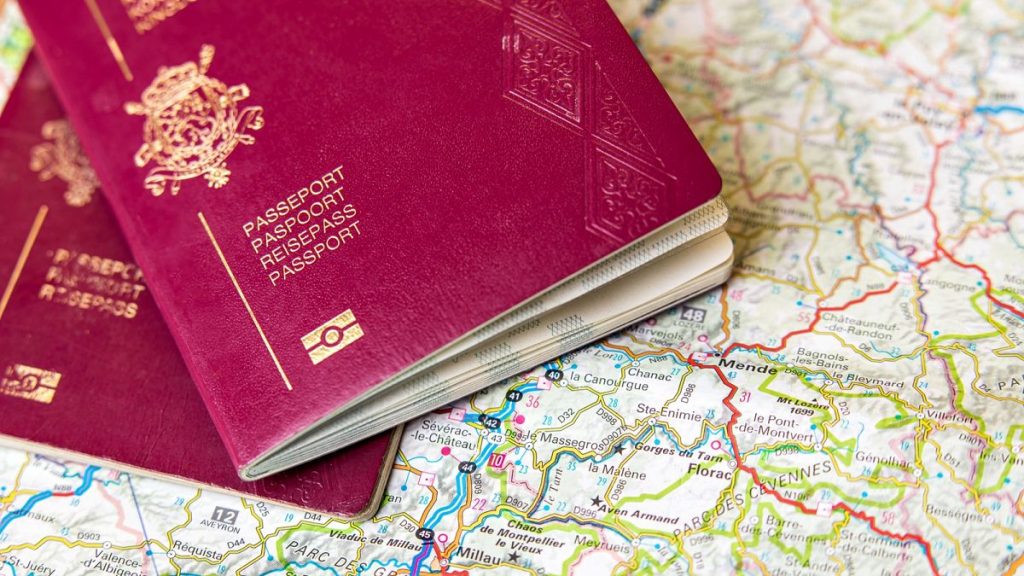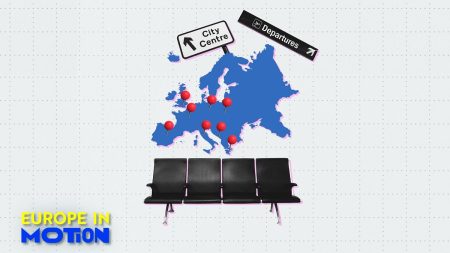The European Commission’s Entry/Exit System (EES) is a comprehensive reform aimed at modernizing checks at the EU’s external borders and promoting information-sharing. Originally scheduled to come into force on November 10, the Commission has decided to delay the introduction of the EES due to concerns about the resilience of the system. Several EU countries, including Germany, France, and the Netherlands, have declared their unreadiness, prompting the need for a phased-in approach rather than a simultaneous roll-out at all border crossing points. Amendments to the legal text would be necessary to facilitate this gradual implementation. Despite hopes of starting as soon as possible, there is currently no new timeline for the launch of the EES.
The EES is a reform that has been in the works since 2016 and is intended to replace the traditional physical stamping of passports at the EU’s external borders. It applies to non-EU citizens visiting the bloc for short stays of up to 90 days within a 180-day period for visits, holidays, or business trips. When the system becomes operational, travellers will be required to provide their passports upon arrival, have their photo taken, and have their fingerprints electronically scanned. All entries and exits from the passport-free Schengen Area will be recorded, allowing authorities to track visitor movements more efficiently. The collection of biometric data and real-time information sharing will aid authorities in identifying individuals who overstay their visas or engage in identity fraud.
The delay in the introduction of the EES highlights concerns about the system’s readiness and the need for targeted amendments to facilitate a phased-in approach. While the EES was scheduled to start on November 10, the legal assessment of the system’s resilience is still ongoing, with no new timeline for implementation provided at this time. Despite the delays, the EES is seen as a crucial tool for enhancing border security, improving the tracking of visitors within the Schengen Area, and cracking down on visa overstays and identity fraud. All EU member states, with the exception of Cyprus and Ireland, as well as four Schengen-associate countries, are set to participate in the scheme, with passports in Cyprus and Ireland continuing to be stamped manually.
The EES represents a significant step towards modernizing border control systems within the EU and improving information-sharing among member states. By replacing traditional passport stamping with electronic scanning of biometric data, the EES aims to enhance security measures and address challenges related to visa overstays and identity fraud. The system will facilitate the recording of entries and exits from the Schengen Area, helping authorities to more effectively monitor and track the movements of short-stay visitors. The participation of a majority of EU member states and Schengen-associate countries in the EES underscores the importance of enhancing border security and ensuring the efficient management of visitor flows within the EU.
The delay in the implementation of the EES underscores the complexity and challenges associated with introducing a new border control system on a pan-European scale. While the EES has the potential to strengthen security measures and improve border management, concerns about its resilience and readiness have prompted a reevaluation of the timeline for its roll-out. The need for targeted amendments to the legal text, as well as the possibility of a phased-in approach, highlights the importance of ensuring that the system is fully operational and effective before its full-scale implementation. Despite the delays, the EES remains a critical component of the EU’s efforts to enhance border security and information-sharing among member states, and its eventual launch is expected to bring significant benefits in terms of strengthening border control measures and improving the monitoring of short-stay visitors in the EU.













